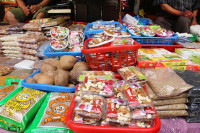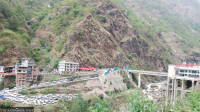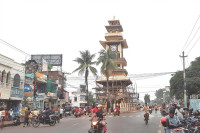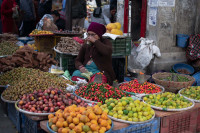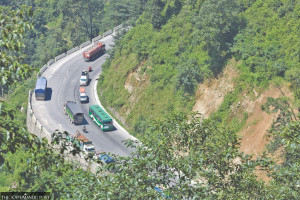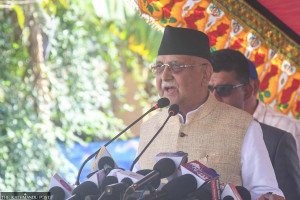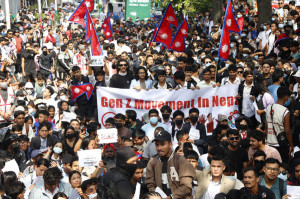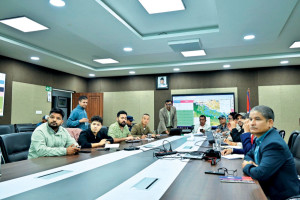Money
Nepal exports Rs2b of tea
Eastern Nepali districts exported tea worth around Rs2 billion to India in the first nine months of the current fiscal year through Mechi Customs Office. These districts had exported tea worth Rs2.2 billion to India in the last fiscal year, according to the customs office.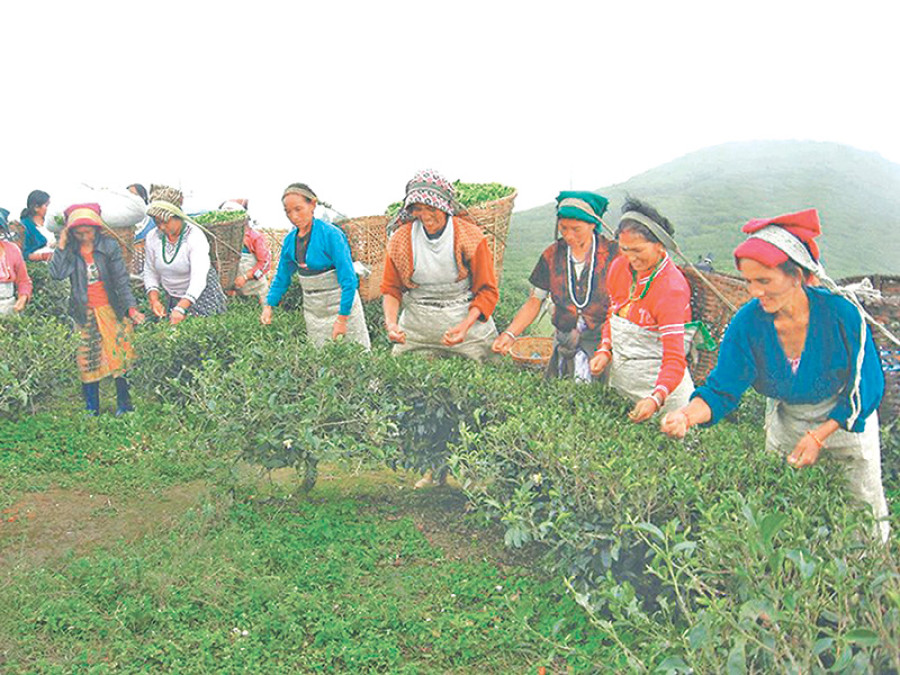
Eastern Nepali districts exported tea worth around Rs2 billion to India in the first nine months of the current fiscal year through Mechi Customs Office. These districts had exported tea worth Rs2.2 billion to India in the last fiscal year, according to the customs office.
Eastern districts exported 3.5 million kg of orthodox tea worth Rs1.2 billion and 7.1 million kg of crush-tear-curl (CTC) tea worth Rs715.3 million in the nine-month period between mid-July and mid-April, show data of the customs office.
Most of the tea produced in Jhapa and Ilam districts is exported to India. Jhapa alone produces 15.9 million kg of tea on around 9,489 hectares of land, according to the Nepal Tea and Coffee Development Board (NTCDB). Most of this tea is exported to India. It is said Indian traders re-export Nepali tea to other countries, branding the product as Indian tea. Tea export from Jhapa is expected to further go up as new tea farms have emerged in Mechi Nagar, Bahundangi and Prithivi Nagar. Tea traders say demand for Nepali tea is rising in India every year.
Nepal recently launched ‘Nepal Tea’, a collective trademark of Nepali orthodox tea, to promote the commodity in the international market. Nepali orthodox tea has been gaining popularity in the international market because of quality, aroma, taste and aftertaste.
Nepal currently produces around 24 million kg of tea per year, up over three-fold than in 2001-02, when production hovered around 7 million kg, according to NTCDB. Of the tea produced in Nepal, around 5.5 million kg is orthodox and remaining 18.5 million kg is CTC.
Nepal exported tea worth Rs2.5 billion in 2016-17, according to Trade and Export Promotion Centre. The export surged by 26.5 percent to Rs2.21 billion in the first seven months of the current fiscal year.
Nepal produces tea at an altitude of 800-2,200 meters from the sea level. Previously, the production centered in few districts, such as Ilam and Jhapa of eastern Nepal. Lately, tea gardens flourish in other parts of the country as well. At present, over 26,000 hectares of land all over the country produces tea.
Nepal can further enhance tea production if farmers are able to make use of available technology and embrace modern farming and production techniques.
A number of government agencies, non-governmental organisations (NGOs) and international NGOs have tried to equip tea farmers with modern equipment and provided training to tea producers to enhance their skills. But these efforts have failed to yield desired outcomes. So, many tea farmers and producers are still relying on traditional farming and production techniques. This has affected work related to soil-testing, and tea processing, grading and packaging, and prevented farmers and producers from achieving economies of scale.




 18.12°C Kathmandu
18.12°C Kathmandu